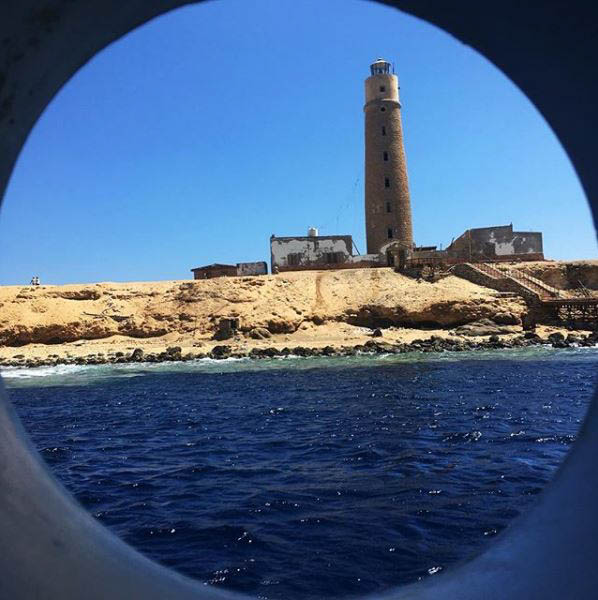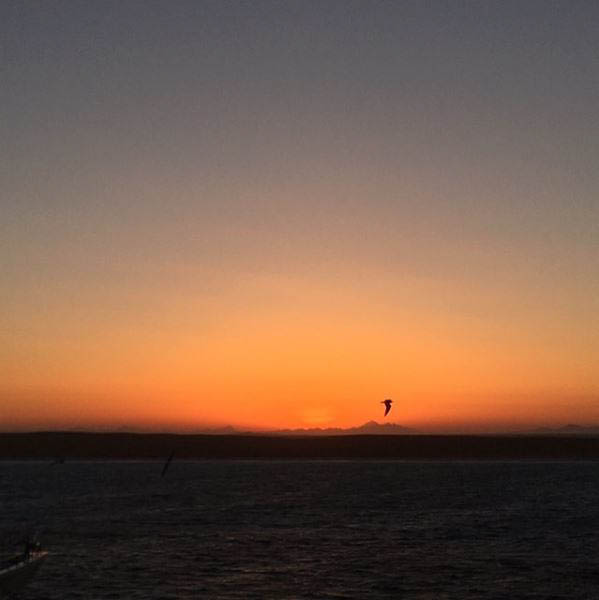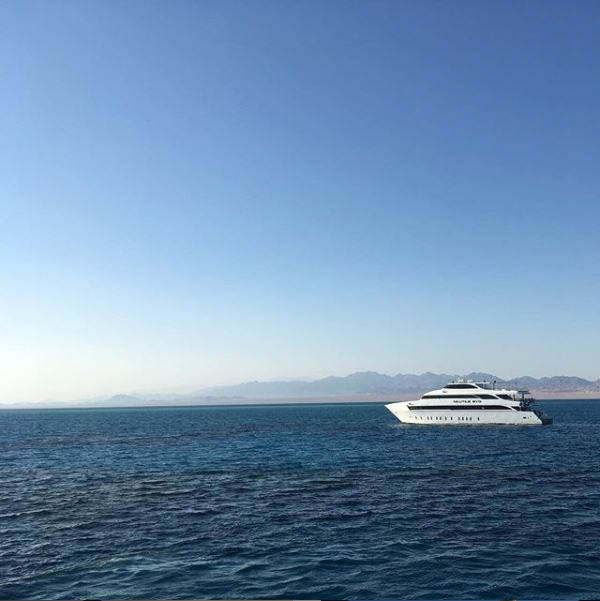Whether you are a seasoned diver or relatively new to the sport, you might have heard of, or at least stumbled across the idea of liveaboards. So, what exactly is a liveaboard? Given that most diving takes place at sea, as divers we often need to utilise boats to reach offshore reefs or wrecks. If we are on vacation, we also need somewhere to stay when we aren’t diving. A liveaboard, as the name implies, is a boat on which one lives during the duration of their dive trip. Liveaboards come with a distinct set of advantages and disadvantages over land-based diving holidays. I myself am by no means a veteran of liveaboards, but perhaps my perspective might help some fence sitters (as I was for a long time before) decide whether they want to take the plunge.

The major thing which struck me immediately on the liveaboards I have been lucky enough to stay on, is the simplicity of the stay versus a land-based itinerary. A typical itinerary in many areas is anything from a week to a fortnight, depending on the distance which the vessel will sail, and perhaps the remoteness of the location. For example, liveaboards in areas such as the Maldives or French Polynesia tend to have longer trip durations due to the time spent reaching the location to begin with. A Red Sea or Caribbean vessel is more likely to only spend a week at sea. Regardless of the duration, on most trips one thing tends to remain the same. You set your gear up on the day you arrive, with an assigned station for your cylinder, and leave it set up for the rest of the week. This means no disassembly between dives to change cylinders, the most that happens is you remove your first stage to allow your cylinder to be refilled. If you are diving nitrox for the week, the most you have to do before putting it back on is check the blend. Then you are ready to strap in and stride off the dive deck, or into a RHIB, for your next dive. The presence of a dedicated dive deck on liveaboard vessels means that all your gear remains in one place for the whole trip. Dive decks are often outfitted with charging areas for torches and cameras too, so there is often no need to take anything that goes underwater back to your cabin. Meals and dives are at set times, depending on where your vessel is and your current surface interval, usually designated by the ringing of a bell.
The sheer number of dives that you tend to get logged on a liveaboard trip is another great draw to them. Given that the entire trip revolves around going diving, it is not uncommon to be doing three or four dives a day, for six days of your trip (if you were doing a week long itinerary). Clocking upwards of twenty dives in a week would be quite hard to achieve with most land-based operations, where logistics such as picking up new cylinders and repeatedly changing equipment around get in the way. You also may have to swap boats depending on the operator you are diving with. On a liveaboard, everything needed for non-stop diving is purpose fitted, letting you be back in the water as soon as a safe surface interval has gone by. I had around 150 dives when I set foot on my first liveaboard, and about 170 when I got off, so it increased my total logged dives by a whopping ten percent. For the diver that perhaps doesn’t have much time to dive at home, or doesn’t enjoy diving in local waters, a liveaboard trip or two a year is a good way to get a decent number of dives in. The diving can also be quite varied depending on where you are. You should get the opportunity to night dive at some point during the trip (though certain marine parks have restrictions on this), and if there are wrecks and reefs in the same area, usually the trip will make a point of including both. Some itineraries specifically make a point of diving a varied site selection, meaning you tend to not get bored looking at the same things over and over.

Flexibility of sites visited on your trip is also a big plus on liveaboards. Given that your vessel is mobile, itineraries can be adjusted on the fly, allowing for adaptations to incoming weather or perhaps overcrowding of sites. In areas such as the Red Sea and Caribbean, there are often multiple other good dive sites within a short sailing distance. In the event of a sudden change in conditions, your captain may decide that there would be a suitable alternative to the planned dives on the itinerary and simply sail somewhere else. During my first liveaboard, which was the itinerary known as “Simply the Best” of the Red Sea, we had a fairly choppy overnight crossing out to the famed Brothers Islands, to then find it remained choppy for most of the following morning. After doing one dive on Big Brother Island, and watching the other anchored liveaboards drifting steadily closer to the reef, our captain decided to sail further south for the rest of the day to Daedalus reef. Only a few hours from the Brothers, conditions had calmed down, and by the time we reached Daedalus that night it was near enough a mill pond. The same principle applies for sites being overcrowded. In the north Red Sea for example, the presence of Hurghada in the west and Sharm el Sheikh in the East means that there are two major dayboat ports, each easily having the range to reach all the major sites. In the afternoon especially, it is not uncommon to see upwards of twenty boats moored at some of the hotspots. Needless to say, this means the sites would be extremely overcrowded to dive. A liveaboard will often avoid sites like this and head to quieter areas to allow for a more enjoyable diving experience. In many cases, due to remaining at sea, you will get to dive more remote sites before any of the day boats even arrive. For example, sites like Elphinstone Reef and the famed wreck SS Thistlegorm are often crowded by midday, but may only have three to four liveaboards anchored nearby at dawn.
The only drawback to a liveaboard is the simple fact you are on a boat for the duration. Unless you extend your trip past the time you are diving, then you will likely go from the airport, straight to the marina and onto the boat. The reverse is true for your return journey, leaving you little to no time to appreciate the culture of your host nation. This doesn’t really bother me, as all my vacations tend to be diving oriented, but for those that prefer a bit more of a mix, then a liveaboard likely won’t fulfil that. Being on a boat also has its problems if the weather turns sour, or if you aren’t overly comfortable at sea. Seasickness can and will ruin a dive trip if you aren’t prepared for it. The good news is that it is easily countered with over the counter medications (as long as they are dive safe), and that taking these for the first few days while you get used to the motion will in most cases make things much more comfortable. You can also rest assured that liveaboard crews understand this, and keep a good supply of anti-nausea medications on board, as well as planning their routes around the weather to give you the best ride possible. If you speak to any of my friends, you would quickly learn I have a major concern about getting stuck out in chop, so this was a big worry for me on my first liveaboard. It turned out I was fine, and it takes some pretty major waves to really move any of the big liveaboards violently. The human body is also an amazing thing, by the end of the trip you likely won’t even feel the boat moving anymore, until you look at the horizon and realise it is. Those are about the only two downsides that really leap at me.
All in all, if you’ve been wondering about a liveaboard for a future diving getaway, they are a fantastic way to do a lot of diving, in a range of places, in a short period of time. They also let you focus on nothing but the diving, due to everything else being taken care of by the crew. The experience of being at sea is in itself something different and refreshing, as well as meaning there’s a chance for other marine wildlife sighting such as dolphins, whales, or even sharks while you aren’t in the water. It’s a completely different experience to a shore-based holiday, one which you might find you prefer entirely. It’s up to you to find out.








